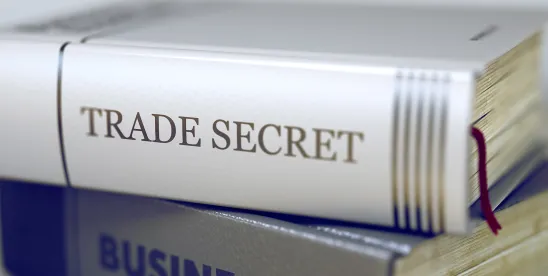On April 22, 2025, the Tenth Circuit affirmed summary judgment in favor of a sales manager and his new employer on claims under the Defend Trade Secrets Act (“DTSA”), the Oklahoma Uniform Trade Secrets Act (“OUTSA”), and common law claims for misappropriation of confidential business information and civil conspiracy, which were brought by his former employer, Double Eagle Alloys, Inc. (“Plaintiff”). Double Eagle Alloys, Inc. v. Hooper, 24-5089 (10th Cir. Apr 22, 2025).
Plaintiff alleged that the former employee misappropriated files containing pump shaft quality (“PSQ”) specifications (internal standards for specialty metal products), along with pricing data and customer drawings. The district court granted summary judgment in favor of Defendants, dismissing Plaintiff’s DTSA and OUTSA claims for failing to identify the alleged trade secrets with sufficient particularity and for not differentiating protected trade secrets from unprotected information. The court also dismissed Plaintiff’s common law misappropriation claim due to insufficient evidence of secrecy and consequently dismissed the civil conspiracy claim for lack of an underlying tort.
On appeal, the Tenth Circuit agreed with the district court, finding there was insufficient evidence that the allegedly stolen information qualified as a trade secret under the DTSA. The Tenth Circuit held that Plaintiff had failed to establish these elements, noting that much of the information had been publicly disclosed or shared with third parties, and that Plaintiff had not demonstrated what efforts it took to maintain the secrecy of the information.
The Tenth Circuit rejected the OUTSA claim for the same reason. Plaintiff grouped the allegedly misappropriated files into broad categories—namely, PSQ, pricing information, and customer drawings—but offered little detail to distinguish what, if anything, qualified for protection. Some documents were sourced from customers, some were shared online, and others reflected information available from competitors. According to the court, Plaintiff relied on affidavits containing conclusory statements asserting confidentiality, but provided no evidence identifying specific trade secrets or explaining how the information was secured or economically valuable.
This ruling illustrates how courts approach trade secret claims built on broadly described information and minimal factual support.




 />i
/>i

